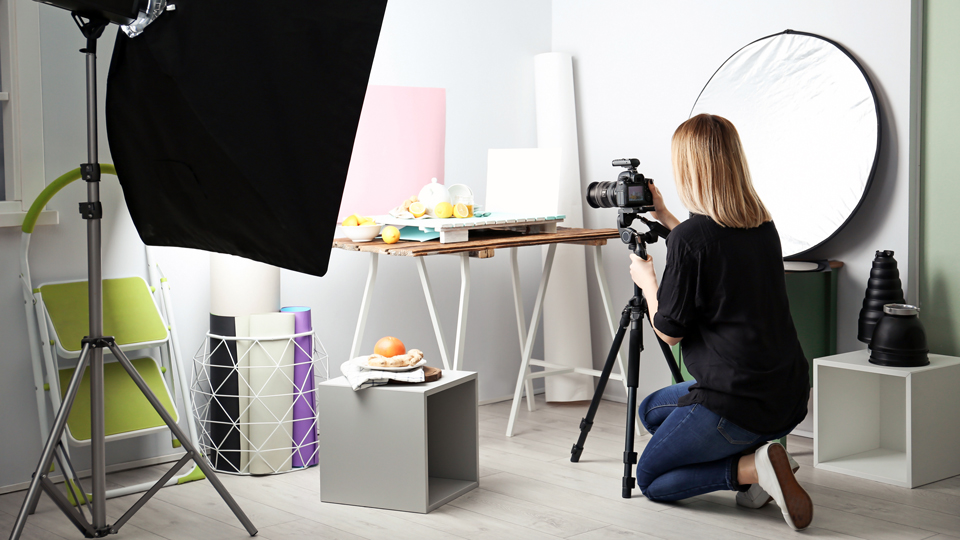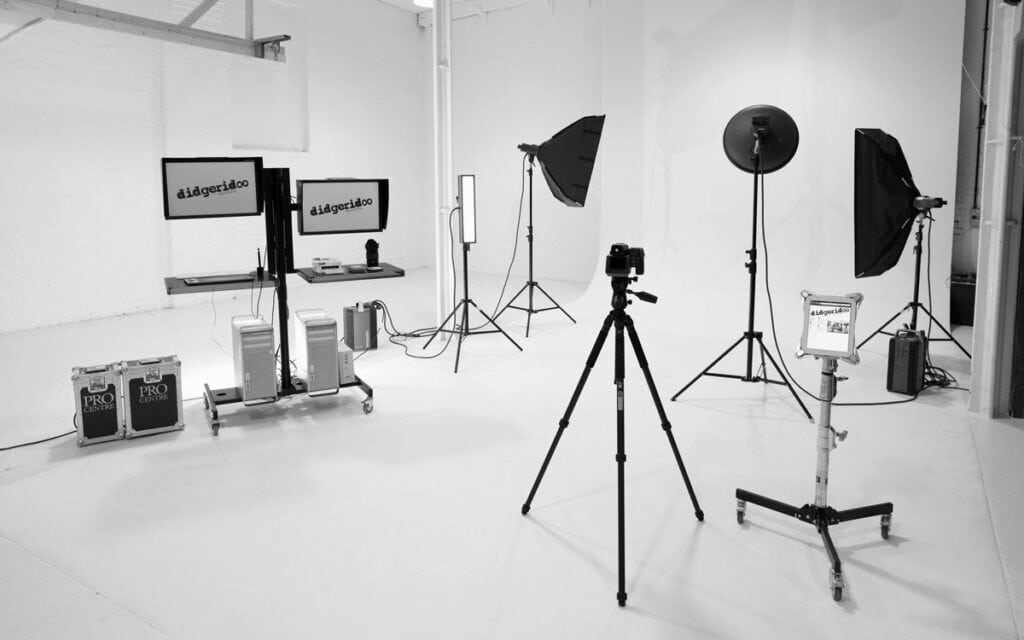What is D Lighting in Photography: A Deep Dive?
Photography is an art where lighting is often referred to as the unsung hero. One fascinating aspect of photography lighting is the concept of 'D lighting', which enhances images in unexpected ways. For professional photographers seeking to elevate their craft, understanding what is d lighting in photography is crucial.
Understanding d lighting goes beyond technical specifications; it invites creativity and fresh approaches to familiar techniques. Whether you're a seasoned pro or an aspiring photographer, grasping this concept can significantly impact your work.

What Is D Lighting and How Does It Work?
D lighting is a specific lighting mode found in many cameras, particularly in Nikon's line of DSLRs. This mode allows the camera to examine the dynamic range of the scene, adjusting the brightness of shadows without overly saturating highlights. This means details lost in shadows can be retrieved, creating a more balanced exposure throughout the image.
Having a solid understanding of what is d lighting in photography helps in producing images that look more natural. By preserving detail in both shadows and highlights, your photographs will reflect reality more accurately, enhancing their appeal.

The Importance of Lighting in Photography
Before diving deeper into d lighting, lets explore why lighting is foundational in photography.
- Creates Mood: The type of lighting you choose can evoke different emotions in the viewer.
- Highlights Texture: Proper lighting can accentuate textures in a subject, providing depth.
- Defines Shapes: Lighting can create shadows that add dimensions to subjects, effectively allowing you to shape how they're perceived.
The Science Behind D Lighting
D lighting primarily focuses on enhancing the dynamic range of images. It utilizes algorithms to analyze the exposure values, allowing it to balance the contrast. By using d lighting effectively, photographers can ensure that their subjects are well-defined and that the overall photograph maintains a natural quality.

When to Use D Lighting
This feature is particularly beneficial in circumstances where you have a high contrast scene, such as outdoor portraits or when shooting against bright backgrounds. Here are some lighting types scenarios where d lighting shines:
- Outdoor photography on sunny days
- Indoor settings with windows or bright lights creating glare
- Overcast days where lighting can be flat
Practical Tips for Utilizing D Lighting
While d lighting is a powerful tool, it's crucial to remember that it is not a one-size-fits-all solution. Here are some tips to help you make the most out of this feature:
- Adjust Settings: Experiment with different levels of d lighting to see how it affects your images.
- Consider Your Subject: Not all subjects benefit from d lighting; use it where appropriate.
- Post-Processing: Even with d lighting enabled, some adjustments may be necessary in post-processing.

Common Mistakes to Avoid When Using D Lighting
Even experienced photographers can inadvertently make mistakes with d lighting. Recognizing these can help maintain the integrity of your photos. Some common errors include:
- Over-Reliance: Relying solely on d lighting can diminish your skill in setting appropriate lighting manually.
- Ignoring Camera Settings: Make sure to adjust other camera settings, like ISO and aperture, based on the scene.
Integrating D Lighting into Your Workflow
Making d lighting a fundamental part of your photography process can yield stunning results. Heres a way to incorporate it into your workflow:
- Evaluate Lighting Conditions: Before shooting, analyze the lighting scenario to determine if d lighting would enhance your final image.
- Use Consistently: Practice using d lighting in various environments to see how it performs across different subjects.
- Seek Feedback: Share your work with peers or social media groups to gain insights on your use of d lighting.
Other Lighting Techniques to Consider
While d lighting serves its unique purpose, its beneficial to familiarize yourself with various other lighting techniques. Some methods you can explore further are:
Conclusion
In conclusion, understanding what is d lighting in photography opens up new avenues for photographers looking to elevate their work. The interplay of light can significantly influence the feel of a photograph, adding nuances that enrich the captured moment. Embrace this technique, experiment, and continue to refine your photography skills for stunning results.
FAQs
- What is the difference between D Lighting and regular lighting? D lighting enhances shadows without sacrificing highlights, while regular lighting does not have this analytical feature.
- Can D Lighting be used in all photography scenarios? While D lighting is versatile, it may not suit every scenario. Assess each situation to determine usability.
- Are there alternatives to D Lighting? Yes, alternatives like manual adjustment or using softboxes can also enhance lighting quality.
As an Amazon Associate, I earn from qualifying purchases.

